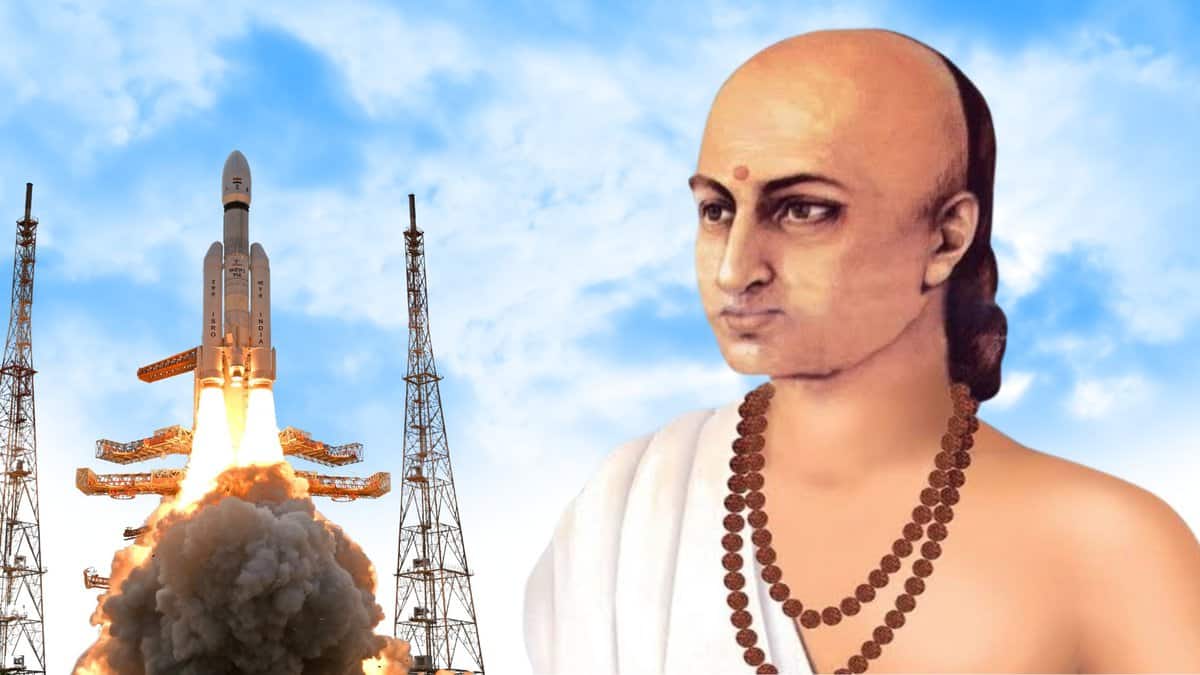
On April 19, 1975, the tiny and rudimentary satellite Aryabhata, built indigenously by the Indian Space Research Organisation (ISRO), was successfully launched into space.
The satellite, named after Aryabhata (476-550 AD), the ancient Indian astronomer and mathematician, weighed just 360 kg. It piggybacked on the giant InterKosmos-3M rocket of the Soviet Union from the Kapustin Yar launch facility near Volgograd. With it soared the expectations of a billion people.
The overall project objectives, however, were only partly achieved. A week after the satellite entered its destined orbit, Aryabhata was hit by a power failure. Communications with the satellite were lost, and the scientific objectives of conducting X-ray astronomy experiments and studying solar physics were cut short.
Aryabhata’s mission life and orbital life lasted 17 years as it reentered the Earth’s orbit on February 10, 1992, according to the ISRO. It was acknowledged as a success from the point of design, fabrication, launch, and orbital performance of a satellite in space.
The brainchild of the efforts starting from Dr Vikram Sarabhai to Prof U.R. Rao and the small band of ISRO scientists and engineers, Aryabhata truly bolstered India’s spectacular journey of incredible achievements in space technology. It laid the foundations of technology to build satellites and take on launch vehicle technology in the ISRO.
“Aryabhata marked India’s entry into the space club. It became an instant hit in the media and popular imagination. Its typical shape and design, quasi-spherical with 26 flat faces having solar panels, was intriguing to people. The Department of Posts issued a special commemorative stamp on Aryabhata while the Reserve Bank of India printed its image on two-rupee banknotes,” says Dr Dinesh C Sharma in his book, Space, The India Story, published in March 2025.
Interestingly, the Soviet Union, which has been a staunch supporter of India’s space programme too, issued a special stamp in 1984 with the Aryabhata and Bhaskara satellites. The same year, Sqdr Ldr Rakesh Sharma flew in the Soyuz T spacecraft from the Baikonur cosmodrome to outer space and made history.
The story of Indian Space from Aryabhata to stabilising Aditya L1 (Probe to the Sun) in 2024 to the upcoming Gaganyaan, which will send Indian astronauts to space, is best described as a blockbuster based on ‘frugal innovations, low budget with a huge societal benefit.’
The ISRO’s launch capabilities peaked in 2017, when it
achieved a world record of placing 104 satellites through its Polar Satellite Launch Vehicle (PSLV). By the end of 2024, the premier space agency will have probes circling the Moon and Mars too and beaming back pictures.
The Chandrayaan-3 successfully landed on the South side of the lunar surface, making India the first country to do so in 2023. The Chandrayaan-1 probe, launched in 2008, had found traces of water, which were confirmed by NASA later.
The Aryabhata story
The Aryabhata story reflects the true non-aligned nature of India’s international relations, too, in a way. In the 1970s, India embarked on its satellite programme. Dr Vikram Sarabhai, the visionary, first Chairman of ISRO, formed a group of researchers and engineers under Prof Udupi Ramachandra Rao, popularly known as U R Rao, for the purpose.
The untimely death of Sarabhai in December 1971 was a setback. However, the Prime Minister, Indira Gandhi, fully backed the programme. Prof Satish Dhawan, who took over the reins of ISRO in 1972, after the interim leadership of Prof M G K Menon, continued the support.
The project was called the Indian Scientific Satellite Project (ISSP). The project received active support from the Soviet Union, including the launch facilities. Prof Rao was the only one with some firsthand knowledge of satellites for his US stint. The team managed to build the satellite in 3 years at an estimated cost of Rs 3 crore, and it was ready by 1975.
During the development phase, a satellite model, roughly half in size of the final version, was tested out on a balloon flown at about 25 km altitude from the Balloon Facility Centre of the TIFR in Hyderabad on May 25, 1973.
ISRO diversifies
Encouraged by the capabilities established with the launch of Aryabhata, ISRO accelerated its projects on SITE (Satellite Instructional Television Experiment); the experimental earth observation satellite, Bhaskara (named after another ancient astronomer and mathematician), and INSAT (Indian National Satellite).
On the launch vehicle front, the ISRO started work on the ASLV (Augmented Satellite Launch Vehicle), which led the way for the advanced version of the PSLV (Polar Satellite Launch Vehicle) and the GSLV (Geosynchronous Satellite Launch Vehicle) and under the Chairmanship of Prof Rao (1972-82) achieved considerable progress.
In three decades, the country has emerged as a key player in the lucrative satellite launch business (especially the smaller satellites, with the PSLV demonstrating the highest reliability in the competitive market.)
ISRO is close to offering the GSLV for heavier satellites and has also developed the SSLV (Small Satellite Launch Vehicle). It is experimenting with the reusable launch vehicle, which will be a game changer for the country. The big players like Elon Musk with his SpaceX have zoomed far ahead in the reusable rocket launch vehicles.
With the government proactively encouraging private sector participation and startups through its Space Policy, the next decade is expected to see a flurry of activity and India garnering a bigger share and becoming a bigger player in the frontiers of Space along with the US, Russia, China, France, Japan and private players like SpaceX, Blue Origin, Virgin Galactic, Arianespace etc.
Aryabhata will always remain and remind us of the first bold shot into the satellite building and launch.

